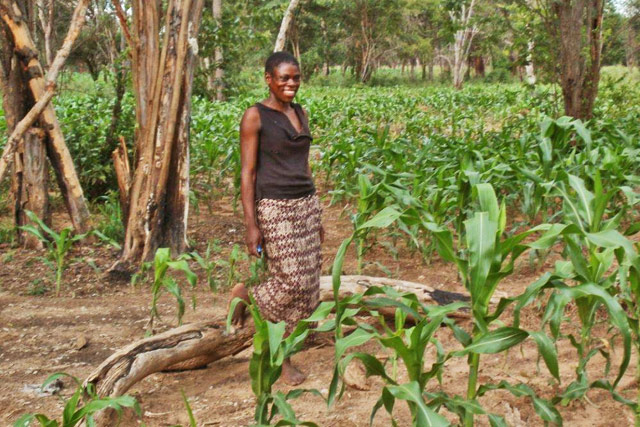Namibia and its Resources

Diamond is the most important mineral of Namibia. Diamond contributes 8 percent of the GDP and around 50 percent of foreign exchange to the economy of Namibia. Namibia is the producer of gem diamond. It is 3rd largest producer of the gem diamond in the world. Diamond is found in the old river beds and along coastal tract in the southern part of the country. Most of the diamonds are brought down by Orange river and its tributaries. At present diamond is produced in and around Oranjemund. Diamond was first discovered in Kolmanskop. Namibia produced some of the best quality gem diamond. Diamond contributes around 250 million US Dollar as revenue to the Government of Namibia. Namdeb Diamond Corp is the main producer of Diamond in Namibia. It is a joint venture between the Debeers and the Government of Namibia. The Namibian Diamond Trading Company is the principal trading company of Diamond in Namibia.
Copper is another product of Namibia. Ongopolo copper deposit is important one. It is operated by the Weatherly International PLC of United Kingdom. Other copper mines are the Kombat mines, the Matchless mines and the Otjihase mines. A copper smelter is operated to produce copper metal at Tsumeb. New copper deposits are prospected at Tschudi copper-silver project, Haib project, Kako project, Vredelus project and Makuru project. Gold is produced at Novachab Gold Mine. New prospects for gold is worked at Otjikoto Gold project, Roshpinah Mine is the major producing mine for Lead and Zinc minerals. A smelter is working here and named as the Skorpion Zinc smelter. Limestone is also produced for production of cement. Two cement factories are working to produce cement.These are Cheetah Cement factory and Otjiwarango Cement factory. Petroleum exploration is carried out along the offshore region. Offshore gas reserve is found at Kudu. Namibia produces around 18 percent of the world production of uranium. It is the fourth largest producer of uranium in the world. The Langer Heinrich Uranium Mines and the Rossing Uranium Mines are major mines for uranium. New prospect of uranium is worked at Warmbad Uranium Project. Uranium processing plant is also established for extraction of uranium.

Power is a major problem in Namibia. No major coal deposit is found in Namibia. Coal is imported from South Africa and other countries. The Ruscana coal based power plant produces power and supplied to the capital city Windhoek and other important centres. Gas discovery may help to generate power from gas based power plants. Education is given priority in Namibia. The government of Namibia made it mandatory for free education to all the children of Namibia up to school level. There is one university in Namibia to provide scope for higher education. Itnis named as the University of Namibia. Its main campus is at Windhoek. More than 19000 students study in this university. It provides education at undergraduate, post graduate and doctoral level. It has 12 other camuses and 9 centers. The subject covered are agriculture, natural resources, economics, management, education, engineering, medicine, nursing, pharmacology, humanities, law, social sciences and physical sciences. There is a polytechnic at Windhoek for technocal education. The International University of Management functions at Windhoek. The Namibia Institute of Mining and Technology is established at Arandis. It is supported by Debeers. The Namibian Marine and Fishery Institute has its campus at Walvis Bay.